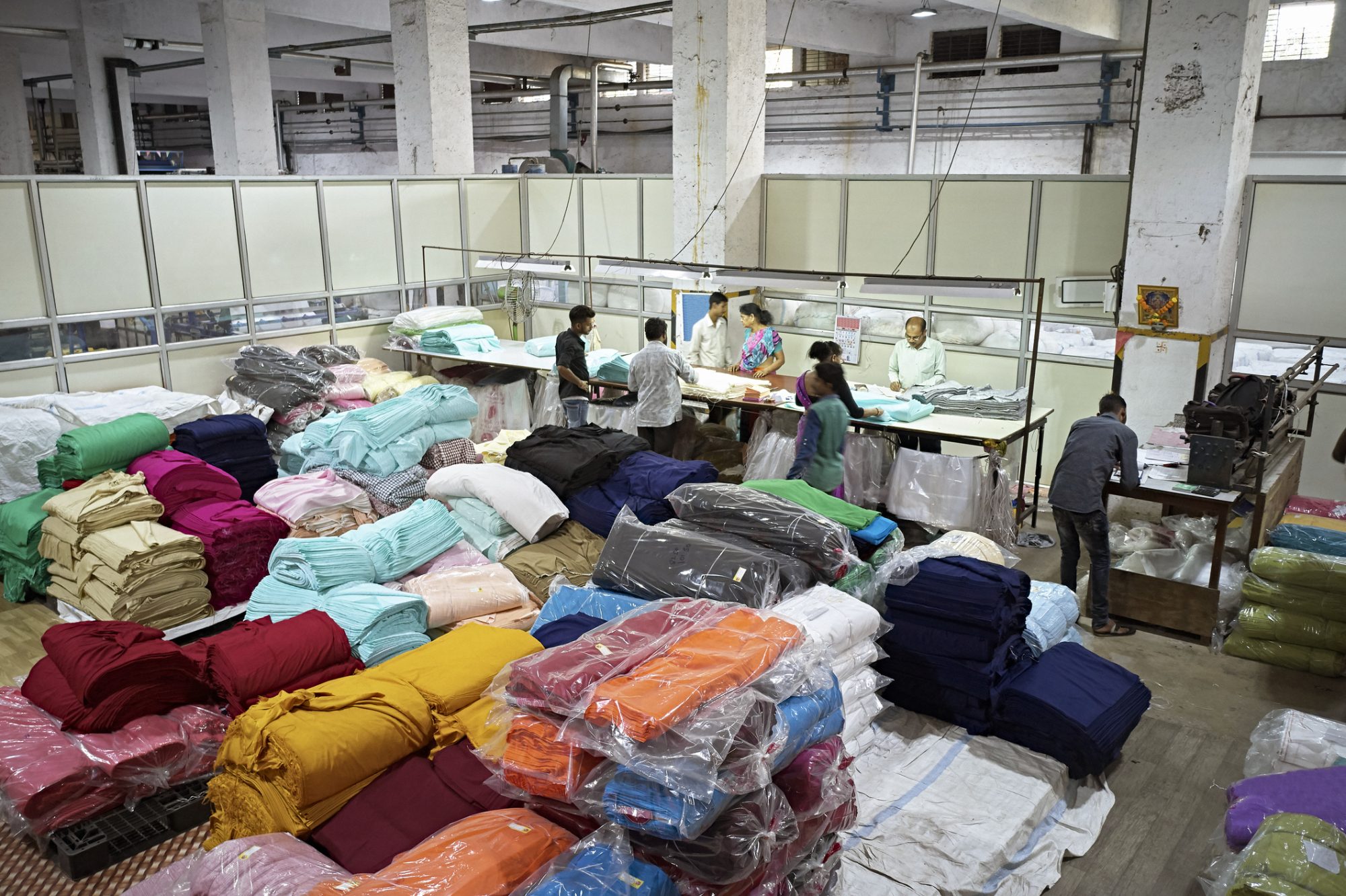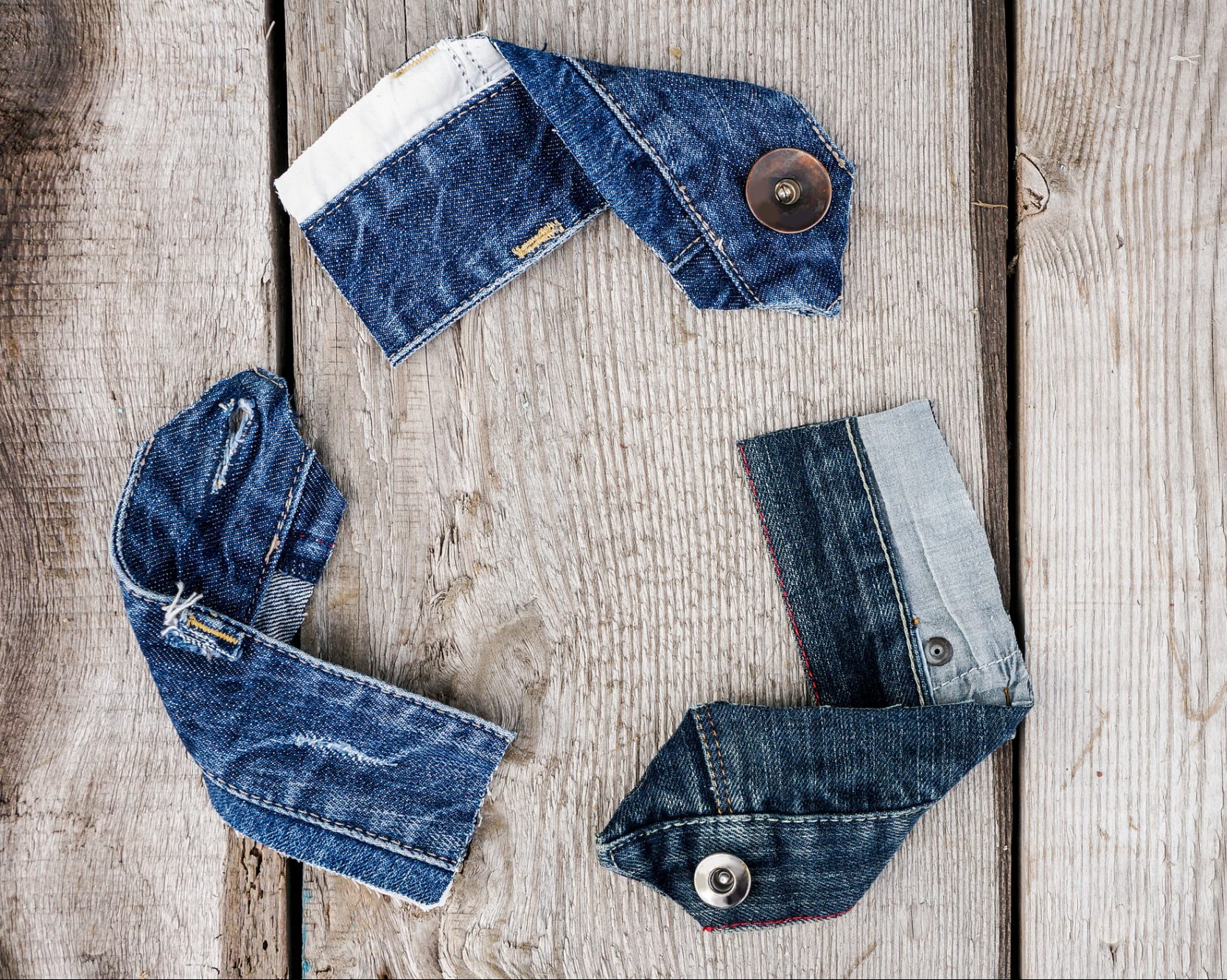Fast fashion is furthering the environmental disaster that is overconsumption on a global scale. Clothing manufacturers and retailers are still able to prioritise speed and affordably over quality, often at the expense of ethical and environmental considerations; this needs to stop, but how?
Fast fashion holds a significant influence and importance in the modern fashion industry and consumer culture, the garment industry is the second most polluting industry after the oil and gas sector. Its rapid production cycle, inexpensive clothing and quick turnover of trends have taken the fashion industry by storm, making it a dominant factor in the business.
Rapid production cycle, inexpensive clothing, quick turnover of trends
The environmental effect of fast fashion
Each year, 100 billion items of clothing are produced. According to McKinsey Sustainability, the production of clothes doubled from 2000 to 2014. (1) On average, consumers are purchasing 60% more clothing items every year. Due to the constant income of clothes, clothes bought now are only kept for half the time as they were 15 years ago.
Consumers are purchasing 60% more clothing items every year
With so many clothes available, consumers have been found not to wear 50% of their wardrobe.
Globally, the garment industry is the second most polluting industry after the oil and gas sector. The fashion industry is responsible for 1.2 billion tonnes of greenhouse gas emissions annually.(2)
As a result of clothing consumption, every UK household produces the equivalent emissions of driving a modern car for 6,000 miles. The environmental impact of fast fashion comprises 10% of total global carbon emissions, as much as the European Union, while drying up water sources and polluting rivers and streams. 85% of all textiles go to dumps each year.(2)
The production of clothing items isn’t the only problem; washing clothes releases 500,000 tons of microfibres into the ocean yearly, equating to 50 billion plastic bottles. (3)
Preventing or migrating the negative impact of fast fashion requires an all-around approach. All parties must be involved to help tackle fast fashion, from consumers and brands to government and industry organisations.
How is consumer behaviour driving fast fashion?
Fast fashion consumers often seek the latest trends and styles, desiring constant newness in their wardrobes. This high demand encourages brands to produce clothing rapidly to keep up with these ever-changing preferences.
The affordable nature of these clothes influences consumers to impulse buy. Consumers are more likely to impulse buy when they see clothing in trend at an affordable price, contributing to higher sales. The affordable prices of fast fashion items allow consumers to deem them as disposable or as short-term investments.
The world produces 92 million tons of textile waste a year; China (20 million tons) and the US (17 million tons) produce the most. Currently, 7% of the total amount of waste in global landfills is made up of clothing and textiles. Only 20% of textiles are collected for reuse or recycling globally.(4)

7% of the total amount of waste in global landfills is made up of clothing and textiles
How can you help with fast fashion?
Individuals can play a crucial role in addressing the issues created by fast fashion by adopting more sustainable and conscious consumer habits.
- By purchasing higher-quality timeless pieces and prioritising durability over trends, consumers can help combat the pressure for companies to have a quick turnaround on trends.
- By supporting sustainable clothing brands prioritising sustainable and ethical practices using eco-friendly materials, fair labour conditions, and transparent supply chains.
- Instead of discarding damaged clothing, consider repairing or upcycling them into new items. This not only saves money but also reduces the environmental impact.
- Renting clothing instead of buying helps create a market for one-off pieces of clothing that otherwise wouldn’t have been kept or used more than once.
Seconds hand vintage shopping
Promoting purchasing second-hand vintage clothes from charity shops or vintage shops will increase the life span of garments and reduce the demand for new produce.
Purchasing just one secondhand item instead of a brand-new one this year has the potential to reduce CO2 emissions by an estimated 5.7 billion tonnes.(5)
100 million tonnes of new clothes being produced each year. The industry adds 10% of greenhouse gas emissions. Fast fashion equals a dead planet. pic.twitter.com/RHG8VRq2dA
— Peter Dynes (@PGDynes) October 25, 2023
Creating a market for second-hand pieces and the recycling of textile waste
Josh Lawson Myers, Director and Designer at Denimolite Ltd, ran a secondhand clothing business at University. He explained that although this is a good start to combatting fast fashion and recycling old clothes for someone else to enjoy, a lot of deadstock has to be sold on for its weight value as a lot of second-hand clothing is unsellable.
This led Josh to research the second-hand clothing market globally. After finding inspiration from a company creating construction materials using discarded leather, Josh was inspired to modify this process and use discarded clothing and textile waste instead.
Denim was chosen as a centrepiece for the clothing idea due to its durability and popularity in the modern wardrobe. Denimolite uses material from up-cycled waste from second-hand clothing markets and the fashion industry, assuring manufacturers and customers that their denim products never enter landfills, oceans, or incinerators, Josh explained.
According to Josh, “the aim of Denimolite is to reduce the environmental impact of the 2.16 million tonnes of waste denim being produced each year”
Reduce the environmental impact of the 2.16 million tonnes of waste denim being produced each year
The negative impact of denim on the environment
Currently, no solution deals with fast-fashion denim. Every year, 6 Billion pairs of jeans are produced, with 30% of these never being worn, equating to (1.8 billion pairs of jeans).(6)
Whereas many existing recycling initiatives only recycle 100% cotton denim, Denimolite uses all types of waste denim to recycle them into high-grade composite material.
“Garments are washed, cut into thin strips, infused with a plant-based binding agent and then squeezed together in a mould. Once cured, the composite material can be machined into new products using traditional manufacturing techniques.”

How does recycling old garments and textile waste help the environment
Recycling methods to reduce clothing waste prevent garments from ending up in landfills; textiles can take a long time to decompose, and the volume of waste is decreased. The textile industry consumes vast amounts of natural resources, including water and raw materials like cotton and polyester.
Recycling old garments reduces the need for new production, conserving these resources.
Tackling fast fashion is crucial
Tackling fast fashion is crucial for protecting the environment, promoting ethical labour practices, reducing waste, and fostering a more sustainable, and conscious fashion industry.
References
- https://www.mckinsey.com/capabilities/sustainability/our-insights/style-thats-sustainable-a-new-fast-fashion-formula
- https://www.geneco.uk.com/news/fast-fashion-and-its-impacts
- https://www.watsonwolfe.com/2022/01/06/the-environmental-impact-offashion/#:~:text=Washing%20clothes%2C%20releases%20500%2C000%20tons,in%2060%25%20of%20all%20garments.
- https://theroundup.org/textile-waste-statistics/
- https://www.greenheartcollective.uk/blogs/news/fast-fashion-facts-environment
- https://denimdudes.co/exploring-the-top-3-waste-solutions-for-the-denimindustry/#:~:text=6%20BILLION%20jeans%20are%20produced,materials%20and%20the%20manufactoring%20processes.











